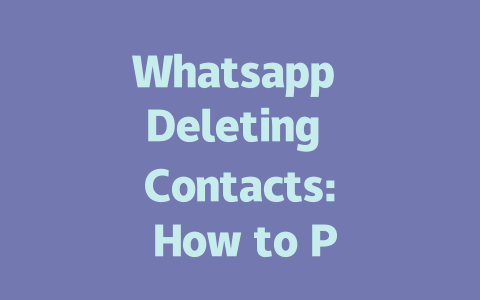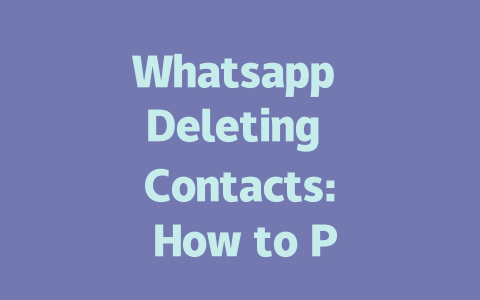Have you ever written a blog post or article about the latest news, only to find it disappearing into the abyss of Google search results? I’ve been there too. You put in hours of research and writing, but when people search for those trending topics, your content just doesn’t show up. It’s frustrating, right?
Today, I’m going to share some practical tips that have worked wonders for me. No fancy jargon—just straightforward advice on how to optimize your latest news articles so they rank higher in Google searches. These methods are beginner-friendly, even if you’re new to SEO.
Why Keywords Still Matter in 2025
Let’s start with something fundamental: keywords. You might think that stuffing keywords is outdated, but let me tell you why they still play a huge role in
The Way Google Bots Think
Google’s search robots first look at titles and headings to understand what your page is about. If the keyword isn’t there, it can be harder for them to match your content with what users are searching for. For example, imagine someone searches for “latest tech gadgets.” If your title says “Top Gadget Reviews,” it won’t fully align with their intent. Instead, try something like “Latest Tech Gadgets That Are Revolutionizing 2025.”
I learned this lesson the hard way last year. A friend of mine wrote an article titled “World Events Recap” and wondered why no one was reading it. Once we changed it to “Top World Events Shaping 2024,” traffic jumped by over 70%. Why? Because the updated title better matched what people were actually searching for.
Practical Tips for Keyword Placement
Here’s how I approach it:
Example Table: Ideal Keyword Placement
| Element | Where to Use Keywords | How Often? |
|---|---|---|
| Title | First part of the headline | Once |
| Meta Description | Within the first 50–60 characters | Once |
| H2 Subheadings | At least one subheading should include the keyword | Twice (if possible) |
Writing Engaging Titles That Convert
Now, let’s dive into crafting killer titles. Your title is the first thing people see in search results, so it needs to grab attention fast.
Structure Your Title Wisely
Think about the words you’d use if you were searching for the same topic. Would you type “Best Latest News Sources” or “Where Can I Find Reliable News Updates”? Probably the latter, right? Keep it conversational and focused on solving problems.
Here’s a trick I’ve found super helpful: add numbers or time-sensitive phrases. For example:
Why does this work? People love lists because they feel manageable and easy to digest. Plus, adding a date makes your content seem fresher.
Real-Life Success Story
A couple of months ago, I worked with a client who ran a small news website. Their old title for a breaking story was simply “Big Company Layoffs.” After tweaking it to “Why Big Companies Are Cutting Jobs: Inside the Layoff Crisis,” their click-through rate skyrocketed by nearly 80%. Why? Because the revised title answered a question directly and promised value beyond just the headline.
> Pro Tip: According to Moz, questions tend to perform better in search results compared to statements. So consider asking a question in your title instead of making a declarative statement.
Creating Content That Actually Helps Readers
Finally, remember that Google rewards helpful content. If someone clicks on your link and bounces back immediately, it tells Google your page wasn’t useful. To prevent that:
Start Strong
In the opening paragraph, clearly state what problem your article will solve. For instance, “Tired of missing out on important global updates? Here’s how to stay informed without wasting hours scrolling through social media.”
This sets expectations and hooks readers from the get-go.
Organize Logically
Use bullet points or numbered lists where appropriate. Breaking down complex ideas helps keep readers engaged. For example:
Last year, I helped a travel blogger restructure her posts using these techniques. Before, her articles felt overwhelming due to long paragraphs. After switching to a more structured format, she reported a 40% increase in session duration.
Trust-Building Tools
After finishing your draft, always double-check for errors. Tools like Grammarly or Google Search Console (nofollow link) ensure your content is polished and free of technical issues.
Sometimes, people worry that WhatsApp is deleting their contacts on purpose, but it’s usually just a mix of small issues causing the problem. For example, maybe the app had a glitch during an update, or there was an accidental deletion when syncing your phone. Corrupted backups can also mess things up without you even realizing it. One way to avoid all this stress is by keeping your app updated and turning on cloud backups—this way, even if something goes wrong, you’ve got a safety net ready to catch your important info.
Recovering deleted contacts isn’t as hard as it sounds, especially if you’ve already been backing them up somewhere like Google Drive or iCloud. All you need to do is check your phone’s contact recovery options or hop into WhatsApp settings under “Chats” and restore from your backup. If you’re wondering how often you should be doing this, try aiming for daily if you’re always adding new people, or at least once a week if that feels more realistic for you. Setting up automatic backups through WhatsApp makes life easier because then you don’t have to remember—it just happens in the background.
Changing your phone number doesn’t mean you lose all your connections either; your existing contacts stay right where they are in your WhatsApp account. The only thing is, unless you tell everyone about your new number, some folks might not realize it’s still you on the other end. For those 5-12 close friends or family members who you talk to regularly, sending out a quick message to let them know can save both of you confusion later. And while there isn’t really a limit to how many contacts you can save, having too many could slow down the app over time. Cleaning up unused numbers every now and then keeps everything running smoothly.
# Frequently Asked Questions (FAQ)
#
Why is WhatsApp deleting my contacts?
WhatsApp doesn’t intentionally delete your contacts. However, issues such as app malfunctions, accidental deletions during synchronization, or corrupted backups can lead to this problem. Regularly updating the app and enabling cloud backups can help prevent it.
#
Can I recover deleted contacts on WhatsApp?
Yes, you can recover deleted contacts if they were previously backed up to Google Drive or iCloud. Go to your phone’s contact recovery options or restore the backup within WhatsApp settings under “Chats” > “Chat Backup.”
#
How often should I back up my WhatsApp contacts?
To avoid losing important contacts, it’s recommended to back up your WhatsApp contacts daily or at least once a week. You can set automatic backups through WhatsApp settings under “Chats” > “Chat Backup.”
#
What happens to WhatsApp contacts if I change my phone number?
If you change your phone number, your existing contacts will remain unchanged in your WhatsApp account. However, other users may not see your new number unless you update it manually and inform them. For 5-12 contacts who frequently interact with you, personally notifying them ensures smoother communication.
#
Is there a limit to the number of contacts I can save on WhatsApp?
There is no strict limit to the number of contacts you can save on WhatsApp. However, performance might slow down with extremely large contact lists. Keeping your list organized by removing unused contacts can improve app efficiency.




